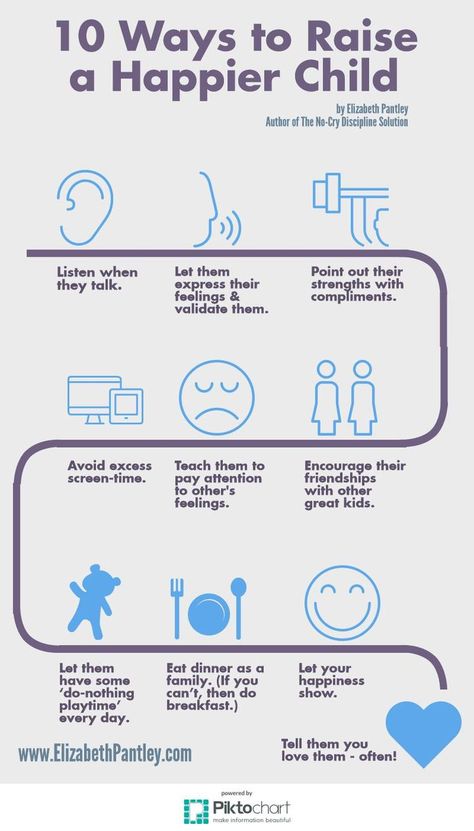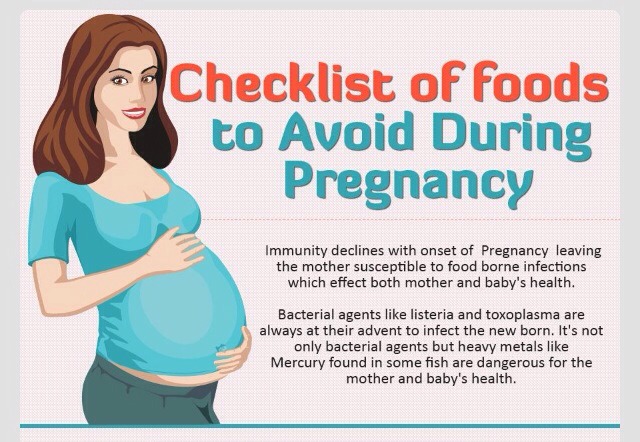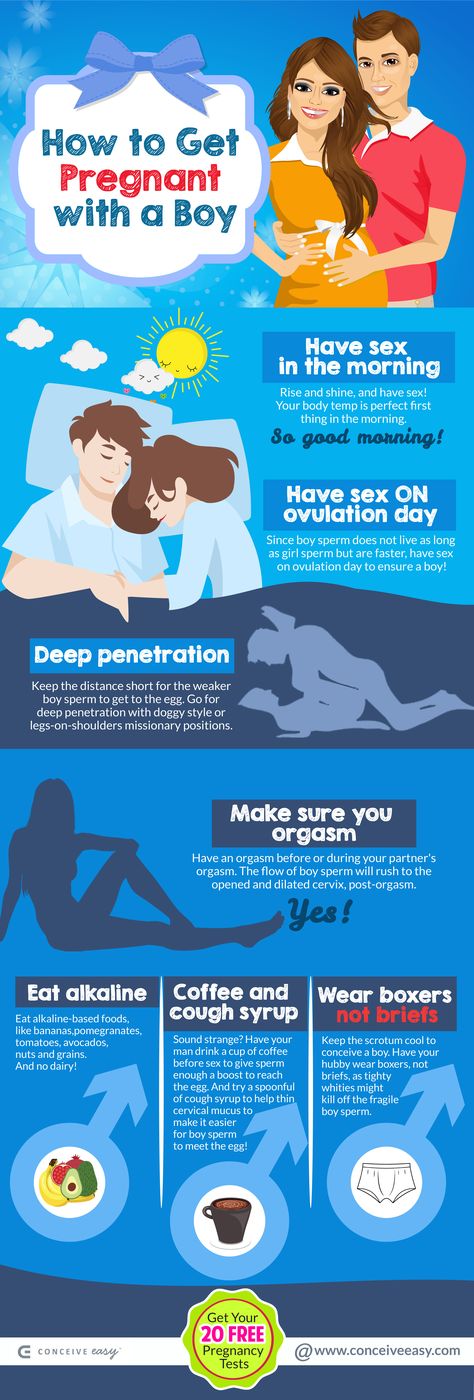Do breastfed babies get constipated
Constipation in breastfeeding babies: Treatments and causes
Constipation is uncommon in infancy, particularly in breastfed babies, but it can happen. Breastfed babies tend to have fewer episodes of constipation and diarrhea than formula-fed babies because breast milk is easier than formula to digest.
In older children, constipation is common and accounts for about 3% of visits to pediatric outpatient clinics and up to 25% of visits to pediatric gastroenterologists.
A baby might be constipated if they are passing hard pebble-like stools or have a distended belly. As every baby poops on their own schedule, the frequency of bowel movements is not always an accurate indicator of constipation.
In this article, we examine the possible causes of constipation in breastfed babies. We also look at the symptoms of constipation in babies and the treatments and home remedies.
The American Academy of Pediatrics recommend that babies exclusively have breast milk until 6 months after birth. During this time, they advise not giving any additional foods or fluids to the baby unless a doctor recommends it. After the first 6 months, parents or caregivers can then introduce solid foods to the baby’s diet.
A parent or caregiver may notice changes in the baby’s bowel habits and the color and consistency of their stools if they decide to switch to infant formula or when they begin introducing solid foods.
A 2018 study examined the bowel habits of 83,019 newborn babies in Japan. According to the authors, most instances of constipation coincided with the transition from breastfeeding to infant formula, regardless of whether the woman gave birth vaginally or by cesarean delivery.
A baby may develop harder stools and constipation after starting solid foods. Certain foods, such as rice cereal and dairy milk, may cause constipation in babies younger than 1 year.
Other possible causes of constipation in breastfed babies include:
- Not having enough liquids.
 Liquids help stool pass through the bowels smoothly.
Liquids help stool pass through the bowels smoothly. - Illness. Infections can cause a decrease in a baby’s appetite or lead to vomiting and diarrhea, which may result in dehydration and constipation. Medical conditions that affect the gastrointestinal (GI) tract, such as Hirschsprung disease, can cause constipation and other digestive symptoms.
- Withholding stool. Babies may purposefully avoid passing hard or painful stools —a behavior that doctors refer to as withholding. Babies who have diaper rash may also withhold to avoid pain.
- Stress. Exposure to new environments, traveling, or weather changes may be stressful for a baby. Stress can affect their physical health and may result in a change in stool frequency and possibly constipation.
A woman who is breastfeeding may wonder how her diet affects her breast milk and whether her choice of foods can influence the baby’s digestive health.
According to the Centers for Disease Control and Prevention (CDC), women do not need to avoid specific foods while breastfeeding.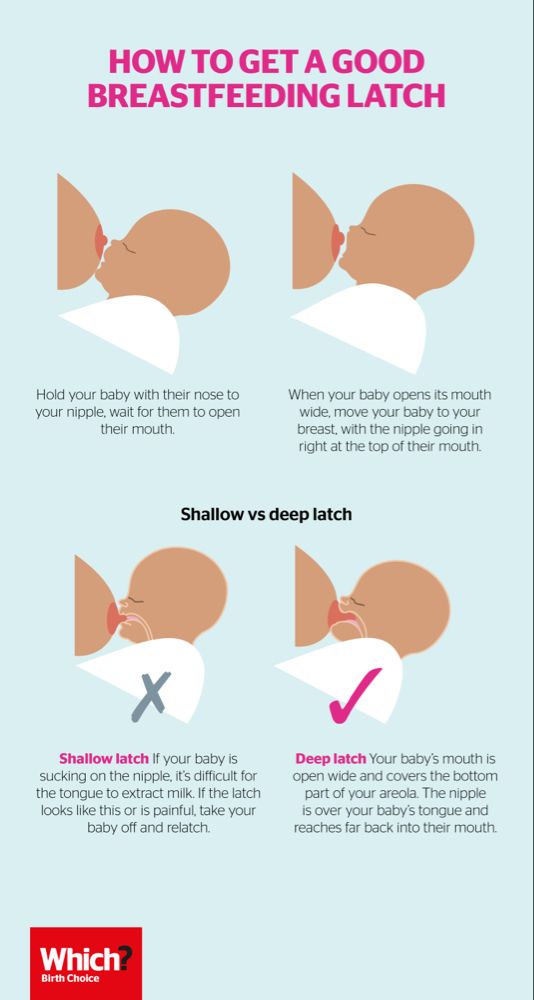
However, babies may appear to avoid feeding after a woman eats a particular food. In this case, the woman may wish to refrain from eating that food for a while and reintroduce it later.
Women may also want to limit or avoid caffeine while breastfeeding because small amounts of caffeine pass from the woman to the baby through breast milk.
Experts suggest that most women who breastfeed can safely ingest 300–500 milligrams of caffeine per day. Excessive amounts of coffee may lower the iron concentrations in breast milk, which may cause mild iron deficiency anemia in some babies.
Although most women do not need to restrict their diets while breastfeeding, they should aim to eat a nutritious and diverse diet.
Although changes in the frequency of a person’s bowel movements may indicate constipation in older children and adults, this is not necessarily the case for babies.
Newborn babies may have multiple bowel movements each day. According to the National Institute of Child Health and Human Development, from 3–6 weeks of age onward, breastfed babies may have only one bowel movement per week because breast milk leaves minimal solid waste to pass through the digestive tract.
Breastfed babies older than 6 weeks can go several days to a week between bowel movements.
Babies often show signs of straining, such as crying or getting red in the face, while having a bowel movement. However, straining does not necessarily mean that a baby has constipation. Babies may take a while to learn how to have bowel movements.
Symptoms of constipation in breastfed babies may include:
- being excessively fussy
- crying for prolonged periods
- refusing to feed
- having a hard, distended belly
- having rectal bleeding
- passing hard or bloody stools
- crying during a bowel movement
- experiencing weight loss or poor weight gain
Normal bowel habits vary from baby to baby. Parents and caregivers should monitor their baby’s bowel habits and take note of any changes. Doing this may help them decide when they need to take the baby to a doctor.
It is possible to treat constipation in breastfed babies at home using various remedies.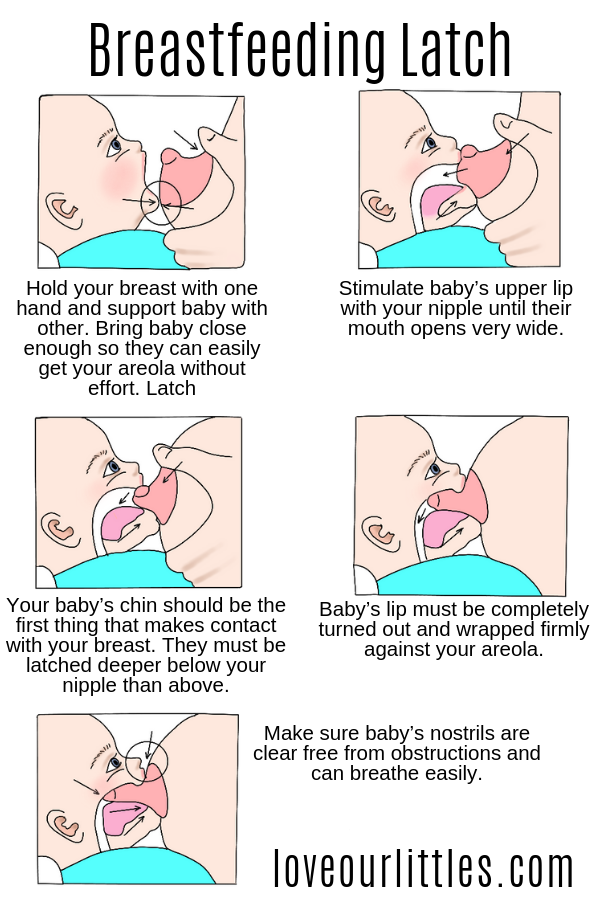 However, constipation in exclusively breastfed babies is so uncommon that parents and caregivers may wish to speak to a pediatrician before trying home remedies.
However, constipation in exclusively breastfed babies is so uncommon that parents and caregivers may wish to speak to a pediatrician before trying home remedies.
Dietary changes
Dietary changes for a baby who is taking formula or foods other than breast milk may help relieve constipation. Breastfeeding women can also try eliminating foods that have an association with infant constipation, such as dairy, from their diet. However, changes to the woman’s diet may not affect the baby’s digestion.
Babies who eat solids may have difficulty digesting high fiber foods or dairy products if parents or caregivers introduce them too early.
High fiber foods may also help relieve constipation in babies who can tolerate most solid foods. These foods include:
- whole grains, such as oatmeal or barley cereal
- skinless fruits
- broccoli
- peas
- pureed prunes
Liquids help move stools through the digestive tract. Increasing a baby’s fluid intake may also help relieve constipation.
Exercise
Exercise can stimulate a baby’s bowels and help them pass stools. However, babies who cannot walk or crawl will require a parent or caregiver to help them exercise.
Parents and caregivers can help relieve constipation by gently moving the baby’s legs in a bicycling motion with the baby lying on their back.
Putting a baby on its stomach to squirm, reach, and play with toys can also stimulate a bowel movement.
Massage
Parents and caregivers can gently massage a baby’s stomach to help try to relieve constipation.
Massage techniques to consider include:
- using the fingertips to make circular motions on the stomach
- gently bending the baby’s knees and pushing the feet toward the belly
- gently sweeping an open palm from the top of the baby’s ribcage down their stomach
Warm bath
A warm bath may help relax a baby’s abdominal muscles, which might make stools pass through the digestive tract more easily.
Parents and caregivers should speak with a doctor or pediatrician if their baby:
- appears distressed or in pain
- has a hard, distended belly
- passes bloody stools
- has rectal bleeding
- refuses to eat
- has a fever
- vomits
- loses weight or is unable to gain weight
- frequently struggles passing stools
A doctor can diagnose constipation in babies by reviewing their medical history and performing a physical exam. Rarely, a doctor may order additional laboratory tests, such as a stomach X-ray, to diagnose or rule out other conditions.
If home remedies and dietary changes do not relieve a baby’s constipation, a doctor might prescribe a mild laxative or suppository.
Parents and caregivers should never give these treatments to a baby without speaking to a trained healthcare professional first.
Constipation is not a common occurrence in breastfed babies. It usually happens as a result of changing to formula or starting solid foods.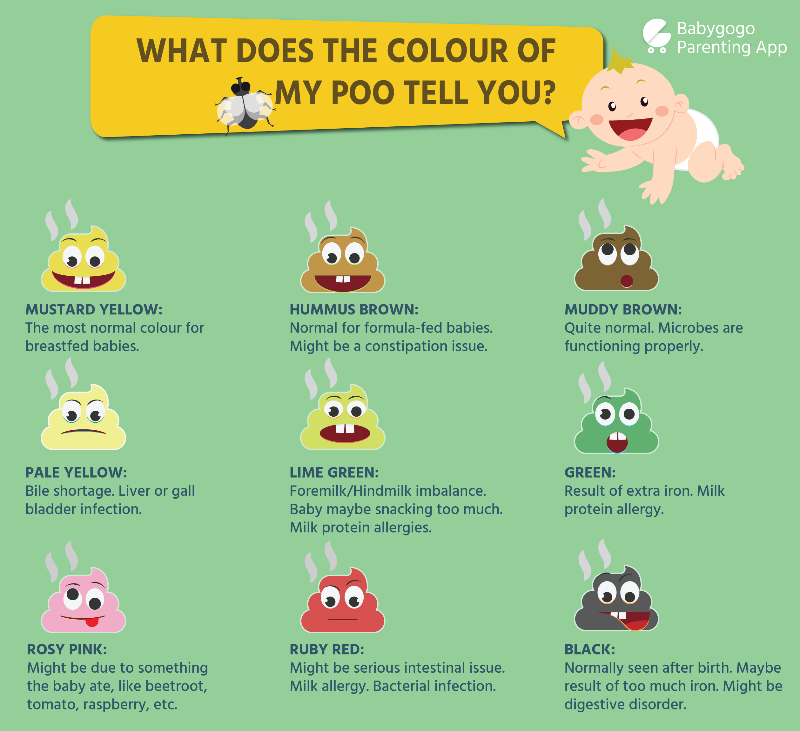
Having infrequent bowel movements is not always an indication that a baby is constipated. Constipated babies are likely to pass hard, pebble-like stools.
Home remedies may help relieve constipation in breastfed babies. If a parent or caregiver is concerned about their baby’s bowel movements and accompanying symptoms, they should take them to see a doctor.
Constipation - La Leche League International
Is my breastfed baby constipated?
The amount and frequency of a breastfed baby’s wet diapers and bowel movements can be valuable indicators of his well-being. However, there is a wide range of normal in infant stooling patterns.
The correct definition of constipation is when a baby experiences hard, dry, infrequent bowel movements that are difficult and painful to pass. Breastfed babies rarely have these types of bowel movements while exclusively nursing.
The First Few Days of Life
In the first two or three days of life, it would be typical for a baby to wet only one or two diapers per day. As the mother’s milk increases, his urine output will increase markedly. A newborn in the first few days after birth will pass dark, tarry stools called meconium, the substance he has stored since before birth. As the baby drinks colostrum, it clears the meconium out of the intestinal tract, so that within a few days stools become softer and much lighter in color. The stools are normally yellow, yellow-green or tan. It’s not abnormal for an occasional stool to be green. The odor should be mild, smell “cheesy” and not particularly unpleasant. The consistency may be described as being similar to scrambled eggs, custard, pea soup, or even prepared mustard. There are often small, seedy-looking solid particles in the stool.
As the mother’s milk increases, his urine output will increase markedly. A newborn in the first few days after birth will pass dark, tarry stools called meconium, the substance he has stored since before birth. As the baby drinks colostrum, it clears the meconium out of the intestinal tract, so that within a few days stools become softer and much lighter in color. The stools are normally yellow, yellow-green or tan. It’s not abnormal for an occasional stool to be green. The odor should be mild, smell “cheesy” and not particularly unpleasant. The consistency may be described as being similar to scrambled eggs, custard, pea soup, or even prepared mustard. There are often small, seedy-looking solid particles in the stool.
The First Six Weeks
Most babies, after the first few days, have two to five soft bowel movements every 24 hours, until they are about six weeks old. The stools should be as large as a US quarter to “count” in this number. Some babies will have more frequent bowel movements, and it is possible for a healthy baby to have fewer bowel movements. If a baby younger than six weeks has fewer than two bowel movements a day, that can still be a variation of normal provided that the baby has an adequate number of wet diapers, is known to be gaining weight at an adequate rate, and the stools produced are substantial in volume. After the first few days, a breastfed baby should have at least six to eight wet cloth diapers, or five to six disposables, in 24 hours. To gauge the wetness, pour 2-4 tablespoons (30-60 ml) of water on a dry diaper. This is how the normally wet diaper of a young baby feels. It is easier to judge wetness in cloth diapers. If you are using disposables, know that there is a wide variation in brands and types. One brand may not “feel wet” while another may feel soaked with the same amount of urine. It may be helpful to place a facial tissue inside the diaper to help judge wetness.
If a baby younger than six weeks has fewer than two bowel movements a day, that can still be a variation of normal provided that the baby has an adequate number of wet diapers, is known to be gaining weight at an adequate rate, and the stools produced are substantial in volume. After the first few days, a breastfed baby should have at least six to eight wet cloth diapers, or five to six disposables, in 24 hours. To gauge the wetness, pour 2-4 tablespoons (30-60 ml) of water on a dry diaper. This is how the normally wet diaper of a young baby feels. It is easier to judge wetness in cloth diapers. If you are using disposables, know that there is a wide variation in brands and types. One brand may not “feel wet” while another may feel soaked with the same amount of urine. It may be helpful to place a facial tissue inside the diaper to help judge wetness.
If bowel movement frequency declines quite rapidly at any age, be sure that your baby is continuing to nurse often (8-12 times a day), on cue and is not relying too much on thumb or pacifier for sucking needs. If your baby sleeps through the night the number of daytime feeds will need to be increased to assure adequate milk intake. Regular weight checks can be reassuring to parents, to assess how their baby is growing.
If your baby sleeps through the night the number of daytime feeds will need to be increased to assure adequate milk intake. Regular weight checks can be reassuring to parents, to assess how their baby is growing.
After Six Weeks
It is not unusual for the bowel movements of a breastfed baby to decrease in frequency when the colostrum, which has laxative properties, is completely gone from the mother’s milk after about six weeks of age. A baby this age may continue to have frequent bowel movements, sometimes even after every nursing. It is also normal for a breastfed baby older than six weeks to have only one bowel movement every few days. Some healthy babies will have only one bowel movement a week. When bowel movements are less frequent, they should be soft, easy to pass, and more profuse in volume. As long as the baby is gaining well (1-2 pounds a month), wetting sufficiently, and is happy and content there is no cause to be alarmed by infrequent bowel movements. It is not necessary to give the baby a laxative, fruit juice, syrups or any other “helpers.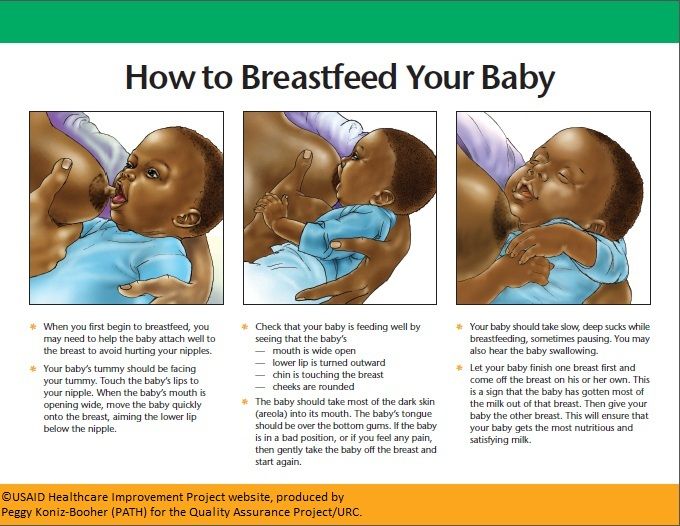 ” In fact, attempting to force bowel movements can have harmful consequences to your baby.
” In fact, attempting to force bowel movements can have harmful consequences to your baby.
After the baby is about six weeks old, he may wet only five to six diapers per day, but if so these diapers will be much wetter and heavier. As the baby’s bladder grows, he can produce and hold more urine at a time. To judge wetness of a diaper for an older baby, pour 8 tablespoons (120 ml) onto a dry diaper. That would be considered a normally wet diaper and will give you an idea of what to expect. If at any time you have concerns about whether or not your baby is gaining and growing well, consult your health care provider.
After Solid Foods
Once solid foods are introduced to your breastfed baby around six months of age, there will be many changes in his elimination patterns. The stools will have a stronger odor and different color and consistency. It is normal to find bits of vegetables in the diaper, as even cooked vegetables are harder to digest than many other foods. After the introduction of solids, it is indeed possible for your baby to experience constipation or diarrhea, which are possible clues that he is not tolerating a new food. Some foods with iron added, such as rice cereal or infant formula, could cause constipation in some infants. Be sure to breastfeed before offering solids, to make sure the more nutritious food comes first. For more guidance, read the LLL information about best strategies for starting solid foods. The Womanly Art of Breastfeeding book is a great resource.
Some foods with iron added, such as rice cereal or infant formula, could cause constipation in some infants. Be sure to breastfeed before offering solids, to make sure the more nutritious food comes first. For more guidance, read the LLL information about best strategies for starting solid foods. The Womanly Art of Breastfeeding book is a great resource.
Estreñimiento
Published January 2018.
What to do with constipation in a month-old baby while breastfeeding?
Author, editor and medical expert - Klimovich Elina Valerievna.
Views: 468 739
The date of the last update: 12/27/2022 G.
Average Reading time: 17 minutes
Content:
DRIVERS of BEAL BRIED
What should be considered constipation in an infant
Why can a newborn have a constipation during breastfeeding
Temporary violations of stools
What to do with constipation in the newborn during breastfeeding
What does not need to be done 9000
in children under one year old.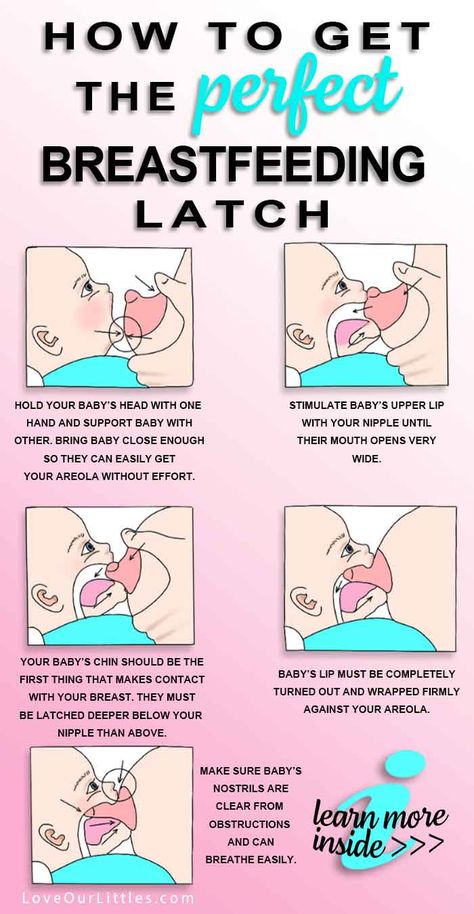 More often it happens in babies who are fed with milk mixtures, but sometimes it also occurs in infants. What are the causes of constipation in newborns during breastfeeding and what to do when they appear - in the article. nine0003
More often it happens in babies who are fed with milk mixtures, but sometimes it also occurs in infants. What are the causes of constipation in newborns during breastfeeding and what to do when they appear - in the article. nine0003
Digestion of an infant
A newborn is constantly in a state of adaptation to new living conditions. Its organs and systems continue to develop, and the physiological mechanisms of defecation are being improved.
In an adult, the retention of feces in the rectum is provided by involuntary and voluntary, that is, subject to the will, contractions of its muscles - sphincters.
The urge to defecate occurs when feces come into contact with the lower intestines. An adult is able to restrain the urge, but a newborn child is not. nine0003
Milk enters the stomach and triggers the gastrointestinal reflex, generating a wave of peristalsis throughout the gastrointestinal tract. The stool descends into the rectum and causes the urge to defecate.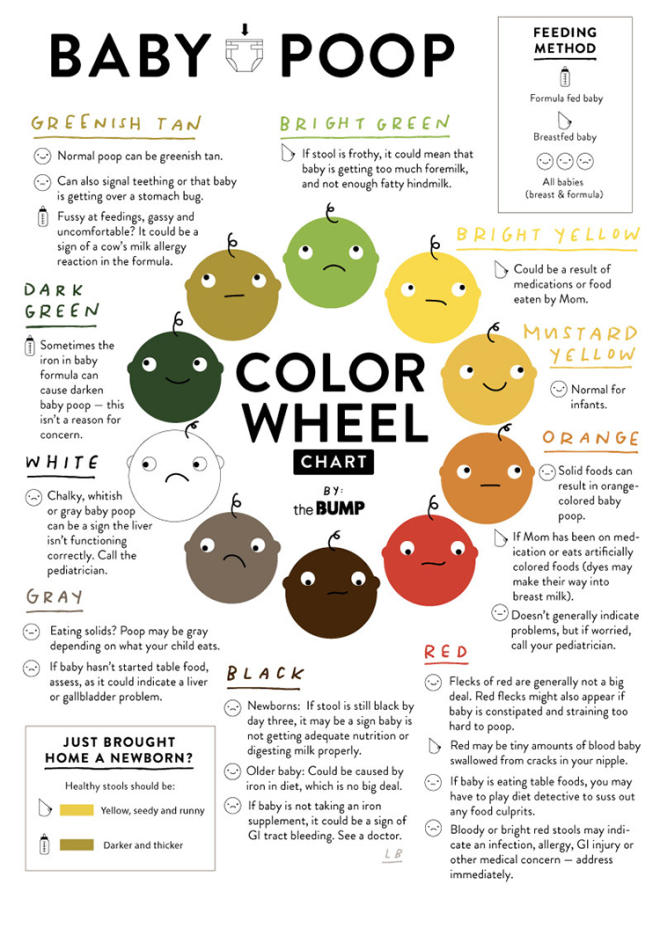 Not realizing that the conditions for defecation, to put it mildly, are not suitable, the baby tightens his legs and strains. A bowel movement makes room for a new portion of food.
Not realizing that the conditions for defecation, to put it mildly, are not suitable, the baby tightens his legs and strains. A bowel movement makes room for a new portion of food.
The frequency of stools in a newborn often coincides with the frequency of feeding, but may be twice a day 3 . Cal at the same time has a yellow or yellow-brown color, sometimes with a greenish tinge, a mushy texture with an admixture of foam and inclusions resembling cottage cheese, and the smell of sour milk. nine0003
Beginning at about 2 months of age, the frequency of stools begins to gradually decrease. By the time complementary foods are introduced (by 4-6 months), most infants empty their intestines 2 times a day, and some even once every 2 days 3 . The stool thickens and takes on a sausage-like shape - this is how it should be in all young children.
Up to contents
What should be considered constipation in a baby
It is quite understandable that the lack of stool in a baby causes concern for parents, often becomes the cause of unnecessary self-treatment. On the other hand, the lack of basic knowledge about the proper frequency of bowel movements in children sometimes leads to a delay in the necessary treatment and complications. So first, let's figure out what constipation is. nine0003
On the other hand, the lack of basic knowledge about the proper frequency of bowel movements in children sometimes leads to a delay in the necessary treatment and complications. So first, let's figure out what constipation is. nine0003
According to the generally accepted opinion, constipation in babies up to three months of age is considered to be a delay of 2-3 days of stool. If difficulty with bowel movements persisting for two or more weeks, they speak of chronic constipation. 2.3 . At the same time, the frequency of stool decreases (in comparison with the individual characteristics of 3 ), the feces become dense, fragmented, and acquire an unpleasant putrefactive odor.
To empty the intestines, the child strains hard and for a long time, his face turns red, his legs are drawn up to his stomach. Sometimes the contents of the rectum are so hard that they injure the delicate mucosa and cause painful cracks to form. In this case, the baby cries, and a strip of scarlet blood appears on the surface of the feces. nine0003
nine0003
Constipation affects the general condition of the baby. He has pain and bloating in the abdomen, popularly called "colic", he does not eat well, becomes lethargic and capricious.
It is the appearance of general symptoms in constipation in a breastfed newborn that serves as a guideline for the diagnosis 4 . If they are absent, the child eats well, does not spit up, gains weight normally, the condition is considered to be “pseudo-constipation” that does not require any intervention 4 .
Up to content
Why a newborn may be constipated while breastfeeding
Difficulty emptying the bowels and lack of stool in infants in 95% of cases is caused by various functional disorders in the bowel 1.5 .900 The remaining 5% are due to diseases that disrupt the formation, promotion and removal of feces to the outside 1.5 .
Organic constipation
This type of defecation disorder is more often found in the first days or months of a baby's life 1. 3 . It is caused by anomalies in the development of the intestines and rectum in particular, various neurological diseases accompanied by slowing down and discoordination of the motility of the gastrointestinal tract, metabolic disorders against the background of a reduced function of the thyroid gland and brain centers of regulation of the endocrine system, cystic fibrosis, Hirschsprung's disease 1.3 .
3 . It is caused by anomalies in the development of the intestines and rectum in particular, various neurological diseases accompanied by slowing down and discoordination of the motility of the gastrointestinal tract, metabolic disorders against the background of a reduced function of the thyroid gland and brain centers of regulation of the endocrine system, cystic fibrosis, Hirschsprung's disease 1.3 .
In case of constipation in children from birth to 3 months, it is best to consult a doctor immediately in order not to miss these diseases. If the examination does not reveal any organic pathology, we are talking about functional constipation 3 .
Functional constipation
The nervous system is of great importance in the regulation of stool, and since it is not yet sufficiently developed in a newborn, there is always ground for the occurrence of constipation. Functional constipation against the background of intestinal dyskinesia, accompanied by a weakening of peristalsis or spastic contractions of the intestine, which impair its patency, is the most common type of disorders 3 .
Other causes of functional constipation in infants:
- immaturity of the child and his digestive system, accompanied by a late "start" of digestive enzymes, prolonged retention of food masses in the stomach and intestines, imperfection of the receptor apparatus of the rectum, which triggers defecation 3 ;
- the consequences of intrauterine oxygen starvation affecting the work of the central nervous system and the regulation of intestinal motility;
- general muscle weakness of the baby due to prematurity, iron deficiency or active treatment of rickets with vitamin D 3 ;
- intestinal dysbiosis, which occurs, for example, under the influence of antibiotics and pathogenic microbes on a weak and unstable microflora of the children's intestines 3 ;
- Allergy to cow's milk proteins: it can already appear during breastfeeding if the mother loves dairy products and consumes them often 4 .

Back to Contents
Temporary stool problems
Defecation problems may be temporary. Many babies have difficulty with bowel movements - straining, grunting, whimpering during bowel movements, although their stools remain soft, mushy. This condition is quite normal for children of the first two months of life, is associated with the immaturity of the nervous system and is called "dyschesia" 4 .
Temporary disturbance of bowel movements in a child may be due to the following factors:
- lack of fluid - in some cases, the child needs to be supplemented, although some mothers believe that when breastfeeding, the baby receives enough fluid in the form of milk 2.5 ;
- general dehydration of the baby against the background of high fever, vomiting and diarrhea, for example, with an intestinal infection or SARS, when a large amount of water is lost with sweat, vomit and liquid feces 4 ;
- malnutrition of the nursing mother: low fluid intake, unbalanced diet, low fiber content and large amounts of "fixing" foods in the diet 2 ;
- underfeeding of the child due to breast milk deficiency (at the same time, the woman may not even suspect that she has little milk) and "tight" breasts in the mother, general weakness and persistent regurgitation in the baby 2.
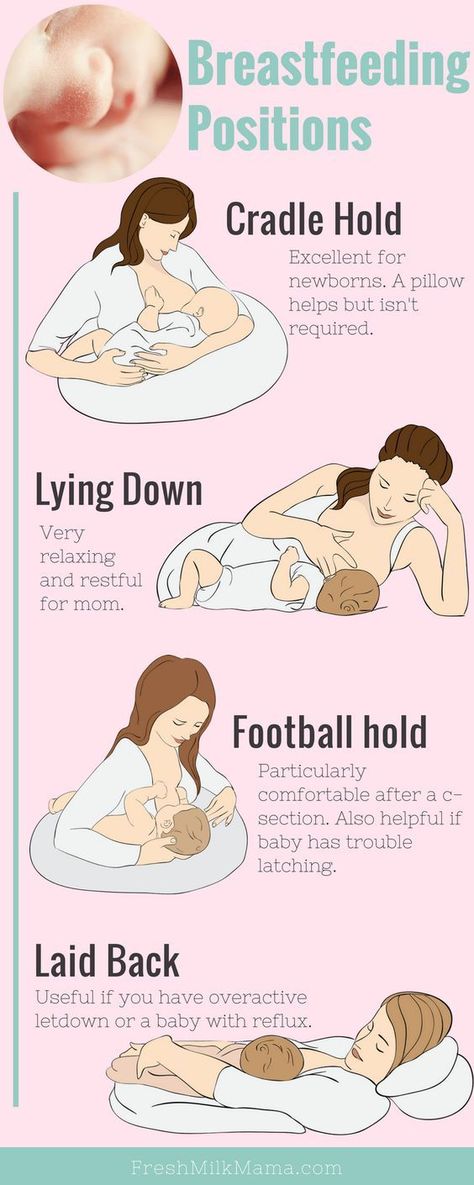 5 ;
5 ; - too early and irrational introduction of complementary foods 2 ;
- abuse of enemas and means of mechanical stimulation of defecation in a child (gas tube, irritation of the anus, etc.) 2 ;
- psychological factors 2 , which include the psycho-emotional problems of the mother, the absence of the mother and getting used to the nanny, moving, frequent contacts with new people;
- any diseases and teething - they affect not only the well-being, but also the emotional and psychological state of the child, and at the same time - intestinal motility. nine0130
Elimination of all the above factors leads to spontaneous normalization of the child's stool.
Up to content
What to do with constipation in a newborn while breastfeeding
You need to act based on the cause of constipation. With diagnosed organic constipation, the treatment of the underlying disease is prescribed by a doctor.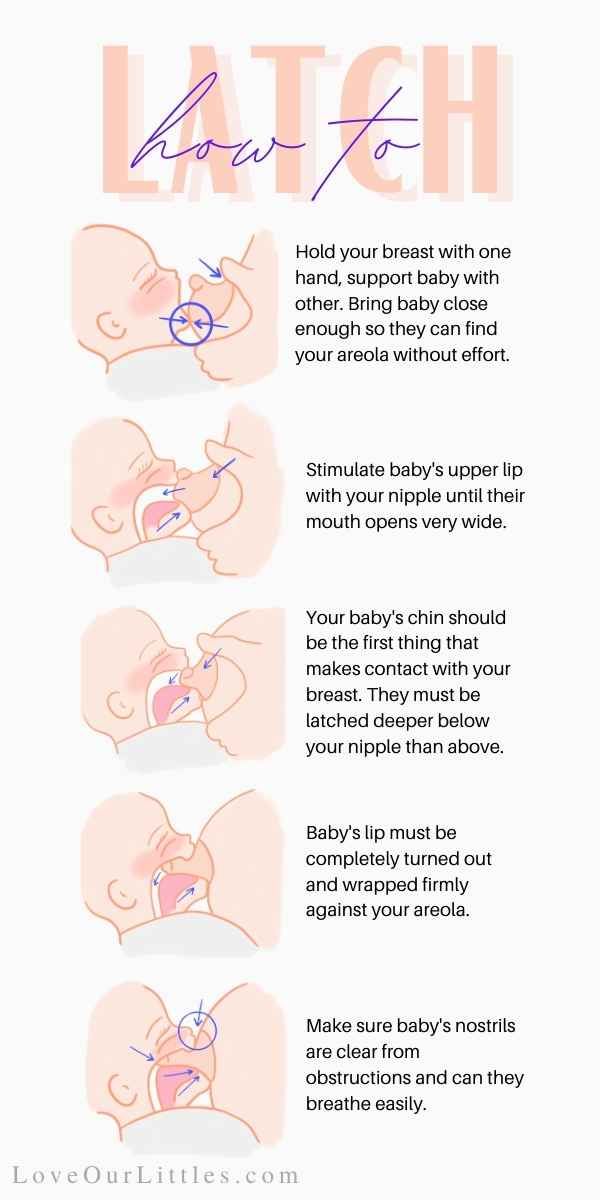 Solving the problem leads to the normalization of bowel movements.
Solving the problem leads to the normalization of bowel movements.
For functional constipation, doctors recommend:
1. Breastfeed
2 .Breast milk, containing the mother's immune factors, provides the baby's natural protection against infections, promotes the formation of its intestinal microflora and the development of the digestive system as a whole 2 . With weak lactation and lack of breast milk and unstable stools with a tendency to constipation in a child, doctors recommend supplementary feeding with adapted milk formulas with the addition of prebiotics 2 . They contribute to the maintenance of the intestinal microflora, on which digestion depends in part 2 .
2. Follow the diet of a nursing mother
The composition of breast milk directly depends on the mother's nutrition, therefore, by changing the diet, it is possible to influence the baby's diet 4 . For the work of the gastrointestinal tract of the baby, it is important to observe the water regime, the vegetables, fruits, cereals eaten by the mother, wholemeal bread, that is, foods with a high fiber content 4 .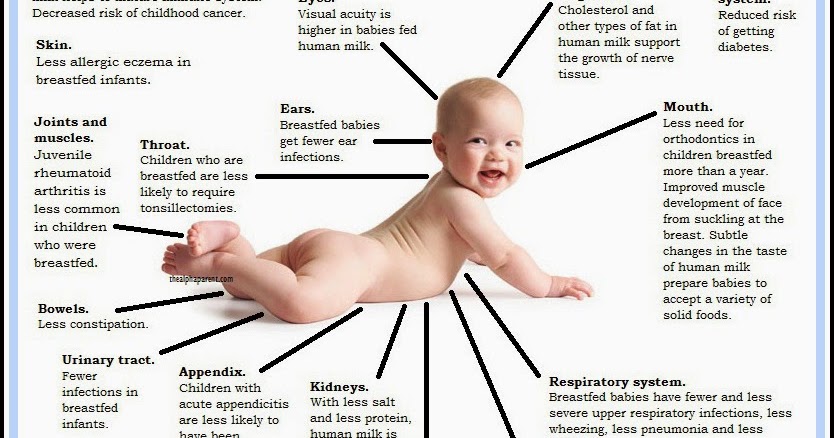 You should limit the consumption of foods that provoke increased gas formation: cabbage, onions, tomatoes, rice, legumes, black bread, pears, grapes, mushrooms, pickles, smoked meats and spices 3 .
You should limit the consumption of foods that provoke increased gas formation: cabbage, onions, tomatoes, rice, legumes, black bread, pears, grapes, mushrooms, pickles, smoked meats and spices 3 .
Prunes, dried apricots and simple boiled beets will help as a natural laxative for breastfeeding from constipation in a newborn - you just need to include them in the diet.
Fermented milk products are useful for maintaining the intestinal microflora 2 . But with cow's milk intolerance diagnosed in a child, a nursing mother will have to completely abandon dairy products made from it 4 .
3. Maintain the child's physical activity
A well-organized daily routine and physical activity is the most important factor in the treatment of constipation in a child 2 . Physical activity is selected individually according to the age of the child 2 . For newborns and infants during the first 5 months of life, their natural activity and special exercises are enough 2 . It is very important that the clothes do not hamper the movement of the child and allow him to independently improve his motor skills in the process of learning the world. nine0003
It is very important that the clothes do not hamper the movement of the child and allow him to independently improve his motor skills in the process of learning the world. nine0003
4. Massage the abdomen
First of all, after feeding, it is necessary to keep the baby in an upright position so that he burps air, and then lay him down on his tummy.
Abdominal massage involves gentle strokes on the tummy in a clockwise direction, that is, in a circle, starting from the right iliac region and ending with the left iliac region. In this case, the child should lie on the back. At the end of the procedure, holding the ankles, alternately press the baby's legs to the tummy. This stimulates the passage of gases and defecation. nine0003
5. Wise use of gas reducing agents
A large amount of gas stretches the walls of the intestines, weakens its peristalsis and leads to colic. Dill water, light fennel tea, and simethicone preparations may relieve symptoms associated with constipation 4 .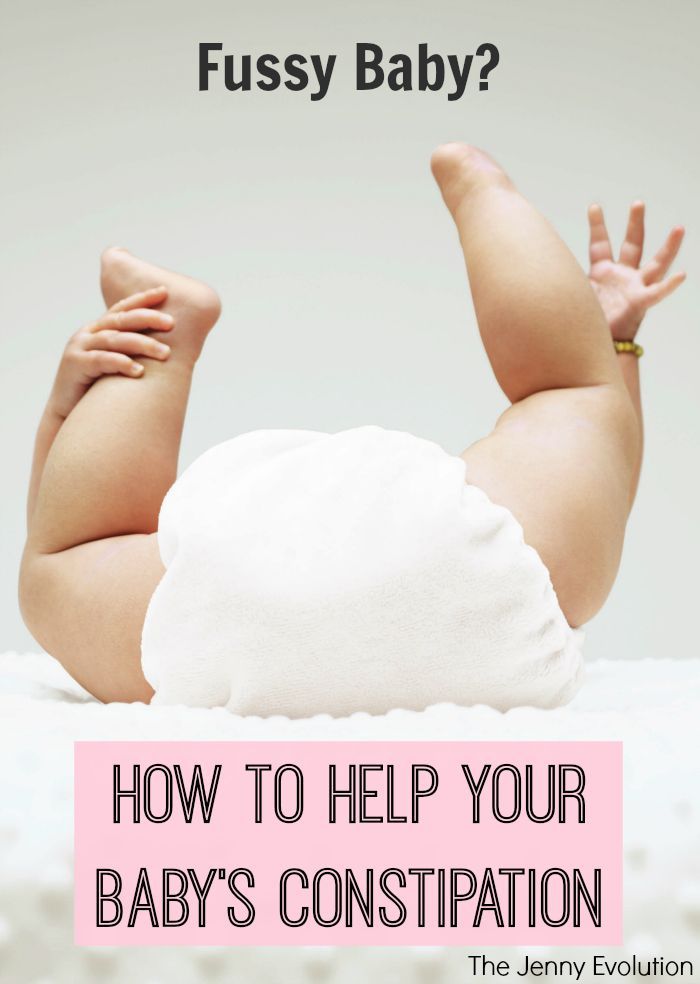
Medications to help mechanically remove gas from the intestines, such as a gas tube or enemas, are sometimes useful. 4 . However, their frequent use exacerbates the problem of constipation: the baby’s gastrointestinal tract begins to “get lazy” and ceases to perform its functions independently 3 .
6. Microclysters MICROLAX
®Microclysters occupy a special place in the complex treatment of constipation in breastfed newborns. They promote bowel movements and thereby alleviate the suffering of the baby.
MICROLAX ® for children from 0 years is designed for the smallest children, equipped with a special short "nose" and can be used from birth up to 3 years 6 . The composition of the drug includes sodium citrate, which displaces water from the feces, sodium lauryl sulfoacetate, which thins the contents of the rectum, and sorbitol, which stimulates the flow of water into the intestines 6 .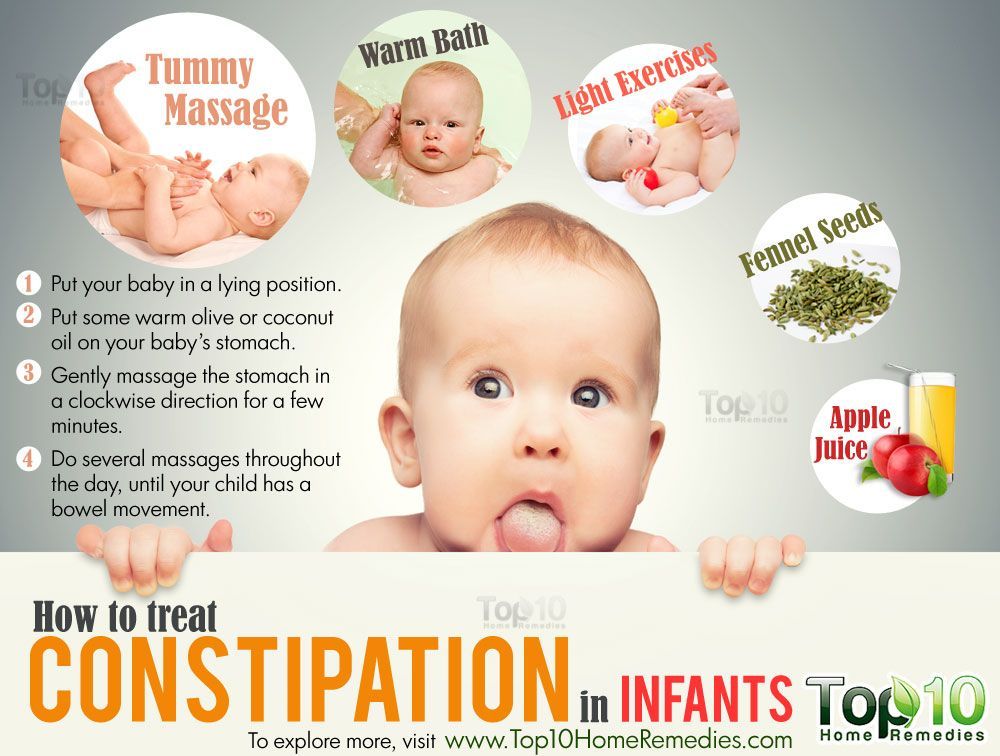
By reinforcing each other's action, the components of MICROLAX ® are able to soften the stool and facilitate defecation 6 . In this case, the effect of the drug may begin in 5-15 minutes 6 .
It is important that the action of MICROLAX ® is limited to the end of the intestine. It is not absorbed, does not enter the general circulation and therefore does not affect the functioning of other organs and systems 6 .
For ease of use MICROLAX ® is available as a disposable microclyster fitted with a shortened spout 6 . It is enough to break off the seal - and the microclyster with 5 ml of the drug will be ready for use.
Back to Contents
What Not to Do
First of all, don't wait for the problem to go away on its own. Repeated and prolonged stool disorders in infants always require the consultation of a pediatrician.
Also not recommended:
- feed the baby strictly by the hour – the baby himself “knows” how much and when he needs milk; feeding on demand contributes to the normal functioning of the intestines and, in addition, stimulates lactation in the mother;
- breastfeeding a baby after spitting up: this is a normal act to help the baby get rid of air and excess food that has entered the stomach;
- to supplement the baby with a mixture or completely switch to artificial feeding, believing that the baby does not have enough milk - a guideline that he has enough food should be sound sleep and normal weight gain; nine0130
- frequently use a gas tube, resort to enemas and other methods of stimulating bowel movements;
- apply traditional methods of stimulation of the rectum, for example, insert a bar of soap into the anus: soap irritates the mucous membrane and can cause a chemical burn; a laxative effect can be achieved with gentle means, for example, microclysters MICROLAX ® ;
- take medicines without consulting a doctor - all of them can penetrate into the child's body with milk and affect his body in general and the work of the gastrointestinal tract in particular.
 nine0130
nine0130
Back to Contents
Prevention
Functional constipation in babies is easier to prevent than to treat. To avoid the problem, it is recommended to follow the following rules.
- Breastfeed your baby for as long as possible and continue to breastfeed even when the milk supply is low.
- By all means support and maintain lactation. Feeding on demand is the best way to regulate, as well as eliminating the need for pumping. The child himself "controls" the production of milk: it is produced as much as he sucks out during meals. nine0130
- Folk methods for stimulating lactation have not been canceled either, but if they are ineffective, you should not give up - you need to contact a gynecologist. Today, there are safe drugs that enhance the work of the mammary glands.
- Monitor nutrition. Everything that enters the mother's body ends up in her breast milk, and with it - in the baby's stomach. Abuse of astringent and fastening products affects the baby's gastrointestinal tract and can lead to constipation.
 nine0130
nine0130 - With the emerging tendency to constipation, you can include in the diet products that have a laxative effect: prunes, dried apricots, beets, kefir and yogurt. The mother’s stool will serve as a guideline: if her intestines are working normally, then the likelihood of constipation in the baby will be minimal.
- Do not take any medications without the advice of a doctor - they can not only lead to constipation in the baby, but also affect the functioning of other organs of the developing organism.
- Do not swaddle the baby or use a wide swaddle. Nothing should put pressure on the tummy and hinder the movements of the baby. He should be able to freely move his legs, press them to the tummy - this is necessary for him to defecate. nine0130
- Give your baby a tummy massage every time before meals or 50 minutes after meals. This will help maintain active peristalsis and regular emptying of the rectum.
- To work with a child, that is, to improve his motor skills.
 This will accelerate the development of the nervous system and eliminate the neurological basis for functional constipation.
This will accelerate the development of the nervous system and eliminate the neurological basis for functional constipation. - Do not abuse enemas, gas tubes, or other methods of mechanical stimulation of bowel movements. This leads to a decrease in the motor activity of the gastrointestinal tract and exacerbates constipation. nine0130
- Be sure to supplement the child if he has had vomiting or diarrhea, with excessive sweating during a cold and in hot weather.
- Maintain a calm atmosphere in the family and love the baby. Even newborns who do not understand anything very subtly feel the surrounding emotional background. Its negative impact is expressed in stress and constipation as well.
Back to Contents
The information in this article is for reference only and does not replace professional medical advice. For diagnosis and treatment, contact a qualified specialist. nine0364
Constipation in a breastfeeding mother and child: signs, causes, treatment
Author, editor and medical expert - Ekaterina Aleksandrovna Zavgorodnyaya
Editor and medical expert - Mariam Harutyunyan 9007 views 9002 351 660
Date Last Updated: 12/27/2022
Average Read Time: 11 minutes
Contents:
How to recognize constipation in a nursing mother and child?
Causes of constipation in a nursing mother and child
What laxatives can be used for constipation in a nursing mother and child?
Treatment and prevention of constipation in a nursing mother and child
After the birth of a child, the mother begins a new important life stage - joyful, exciting, full of discoveries, and nothing should overshadow it.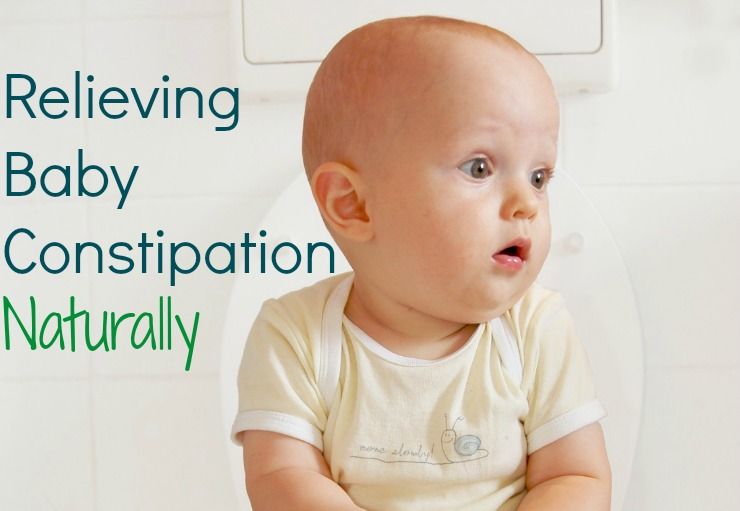 Caring for the baby takes almost all of the mother's time, she closely monitors his health, especially the work of the intestines. Any changes in the frequency of stool, its color and shape in a child alarm a woman. And sometimes the problem of constipation occurs in both the nursing mother and the baby. nine0003
Caring for the baby takes almost all of the mother's time, she closely monitors his health, especially the work of the intestines. Any changes in the frequency of stool, its color and shape in a child alarm a woman. And sometimes the problem of constipation occurs in both the nursing mother and the baby. nine0003
There are many reasons for stool disorders, but they all require the same attention. How to recognize and prevent constipation in a nursing mother and baby in time, so that this important stage in the life of both becomes happier, we tell in the article.
How to recognize constipation in a nursing mother and child?
Every third woman in childbirth notices that it is difficult for her to empty her intestines in the first days after the birth of a child 1 . This is normal and usually goes away quickly. But for some women, constipation becomes persistent and lasts from 6 to 12 months 2 .
The problem of stool retention can affect not only a nursing mother, but also a child.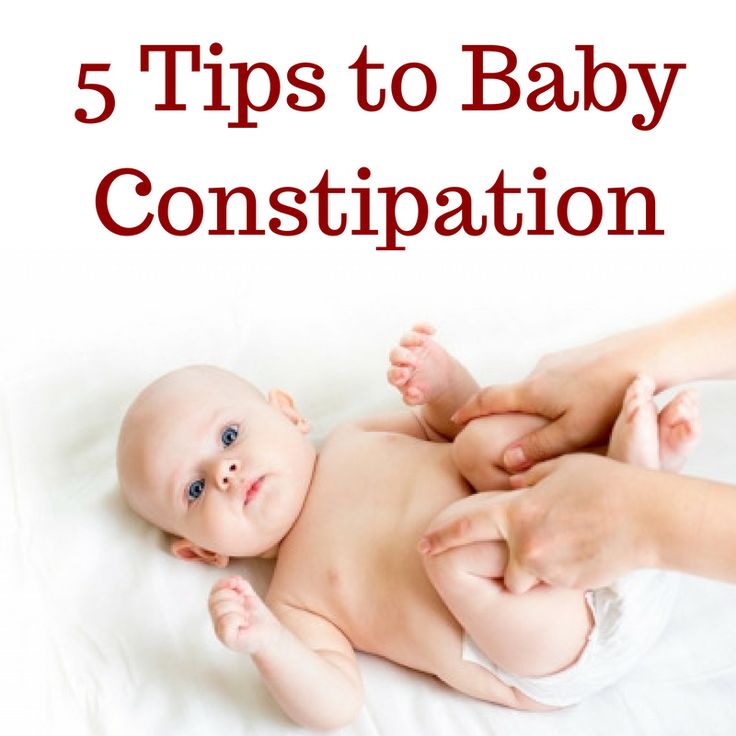 Almost every second baby in the first four years of life suffers from constipation 4 . And the health of the mother directly affects the condition of the child.
Almost every second baby in the first four years of life suffers from constipation 4 . And the health of the mother directly affects the condition of the child.
In the everyday sense, constipation is when it is not possible to empty the intestines for a long time. However, it is important to remember the features that are characteristic of women who have recently given birth and newborns.
Symptoms of constipation in a nursing mother
When caring for a newborn, a young mother may not even pay attention to stool retention — and discover it only on the 3-4th day after birth 1.3 . But the very fact of delayed stool is not yet a disorder. You can talk about stool disorders in a nursing mother if the stool becomes dense and is excreted with great difficulty. Sometimes a woman is required to push hard to expel the feces 5 . But without a proper “push” when straining, the feces partially remain in the rectum, thicken, causing a feeling of “blockade” and incomplete emptying. Then the woman even has to remove stool fragments with her fingers 5 .
Then the woman even has to remove stool fragments with her fingers 5 .
Symptoms of constipation in an infant
Things are not so simple in children. The frequency of stools in an infant depends primarily on the type of nutrition 6 .
Note to parents!
If your baby is only breastfed, he will have bowel movements after each feed, up to 6-7 times a day on average 6 . But as soon as the baby tries the first mixture or complementary foods in the form of puree or porridge, the number of bowel movements decreases by almost 2 times 6 . This change should not be considered constipation in the child.
According to the American Academy of Pediatrics, the minimum frequency of stools would be 4 :
- 4 times a day - for a newborn in the first 7 days of life;
- 2 times a day - for infants over 4 months.
In the first three years of life, the frequency of stools should be at least 6 times a week, then at least 3 times a week 4 .
In addition to the frequency of stool, nursing mothers need to pay attention to its consistency. In children of the first months of life, feces should be mushy. With constipation, it becomes dense, fragmented ("sheep") 7 . Even if the frequency of the stool is normal, but the feces are in the form of dense lumps, you should consult a pediatrician 4 .
Back to top
Causes of constipation in breastfeeding mother and baby
Stool retention may be a problem in itself or a symptom of an underlying medical condition 4 . Therefore, in order to understand how to treat such a condition, it is necessary to find out its cause. Let's talk about what can cause stool retention in a new mother or baby. But sometimes bowel function does not return even weeks after delivery 3 .
Various factors contribute to the development of constipation in a nursing mother:
- Hormonal changes.
After childbirth, the level of hormones changes, which cannot but affect the functioning of the intestines 3 .
- Uterine dimensions . The uterus does not immediately return to its "pre-pregnant" size and in the first 6-8 weeks after the birth of the child it still presses on the intestines, interfering with its work 3 .
- Condition of abdominal and perineal muscles . The well-coordinated work of the muscles of the abdomen and perineum contributes to defecation. But even during pregnancy, these muscles experience a lot of stress and stretch. Recovery to the previous elastic state does not occur as quickly as we would like, so a nursing mother may have difficulty emptying the rectum 1.3 .
- Stress caused by a change in habitual lifestyle in connection with the bearing and birth of a child 1.3 . nine0127 Wrong diet. Lack of dietary fiber (fiber) in the mother's diet can slow down bowel movements 1.
- Chronic diseases. In particular, hemorrhoids, pathology of the thyroid gland and adrenal glands 3 .
- Taking medications that affect bowel function 3 .
Often stool disorders occur after caesarean section. According to statistics, problems with bowel movements occur in 57% of women after surgery 8 . The reason is primarily a decrease in the tone of the intestinal walls - a common reaction to surgical intervention. And many women simply do not dare to push during a bowel movement, fearing that the seams will open 8 .
Fear of going to the toilet after childbirth due to stitches in the perineum is one of the important causes of constipation in a nursing mother. Women are afraid to push hard during bowel movements, which makes it difficult to empty the bowels 1 .
Causes of constipation in infants
The appearance of constipation in infants is primarily associated with insufficient maturity of the digestive tract 4 . 4 :
- congenital diseases and malformations of the digestive tract can also cause stool problems in an infant;
- nutritional features - for example, if parents introduced complementary foods too early;
- dehydration due to fever, vomiting or other conditions;
- medicines prescribed by a doctor - they can affect intestinal motility. nine0130
In 95% of cases, constipation in an infant is functional, that is, not associated with any disease 4 . If the child is breastfed, the reasons for the problems with the stool in the baby may be errors in the mother's diet 4 . So, if there are few sources of fiber in her diet - fresh vegetables and fruits, as well as cereals, the baby will also miss them - and the intestines will not be able to fully function 4 .
Back to top
Which laxatives can be used for constipation in a nursing mother and child? nine0049
Treatment of constipation begins with the release of the rectum from the accumulated stool. For this purpose, laxatives are used, but not all drugs are suitable for nursing mothers and babies.
When choosing laxatives, preference should be given to only proven drugs approved for use during breastfeeding, as well as during the neonatal period 3.8 . It is also important to take into account the form of the drug, so it is necessary to use laxatives that act only in the lumen of the rectum. nine0003
One of these drugs is Microlax ® in the form of microclysters 10 , which is approved for use during breastfeeding and constipation in newborns 90, and can also be used in newborns 90 with constipation, and can also be 90 .
The product contains three active ingredients 10 . They act within the rectum, displace water from dense feces, increase the flow of water into its lumen 10 . Microlax ® acts gently. It softens the stool and facilitates bowel movements. The drug gently helps a nursing mother or child with constipation. You won't have to wait long when using a microclyster: Microlax ® can start working 5-15 minutes after application and is not addictive 10 .
Back to top
Treatment and prevention of constipation in a nursing mother and child
After emptying the rectum, prevention of re-constipation should be started 5 . After all, one laxative is not enough, for complex treatment you also need to adjust your lifestyle 5 .
How to prevent constipation in a nursing mother?
Power supply . First of all, with constipation, a nursing mother is recommended a diet. The diet should fully cover the needs of the woman and the child and be varied. Don't go hungry trying to lose weight after childbirth 9 . You need to eat more foods that stimulate the intestines, in particular fiber - vegetables, fruits and whole grains 9 . Fermented milk products are also recommended if there is no allergy or food intolerance 9 .
Physical activity. A simple exercise of 5-10 minutes a day will help restore bowel function. Swimming 3 will also benefit.
Did you know that…
Physical activity can be restored even in the maternity hospital. For the puerperal, individual sets of exercises are selected in order to quickly restore the stretched muscles of the abdomen and perineum 11 .
In the maternity hospital, classes are conducted under the guidance of a doctor or nurse. They begin with breathing exercises, which improves blood circulation and eliminates blood stasis in the abdominal cavity, and also strengthens the abdominal wall. Gradually, physical activity is increased and, which is very important, exercises are prescribed to strengthen the muscles of the abdominal wall and pelvic floor 11 .
How to prevent constipation in an infant?
Correction of constipation in an infant also begins with the proper nutrition of a nursing mother. It is recommended to follow a diet that will help to avoid the development of constipation in infants 6 . If the baby is constipated, show it to the pediatrician. The doctor will examine the baby, if necessary, prescribe tests and refer to other specialists. Mom also needs to consult a doctor - problems with stools may be associated with the prolapse of the pelvic organs after childbirth.
When complementary foods are introduced, the child may be given foods high in dietary fiber 6 :
- vegetables;
- fruits;
- dried fruits;
- whole grain cereals; nine0130
- wholemeal bread;
- fermented milk products.
Introduce complementary foods correctly, slowly. You can introduce a new food to a child no earlier than 4 months. As the first food for children prone to stool disorders, puree from vegetables rich in fiber is used - cauliflower, broccoli and pumpkin 6 .



